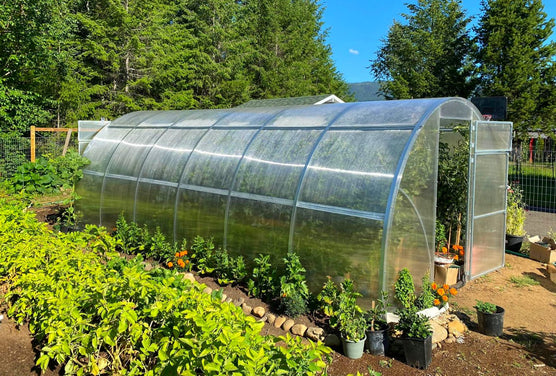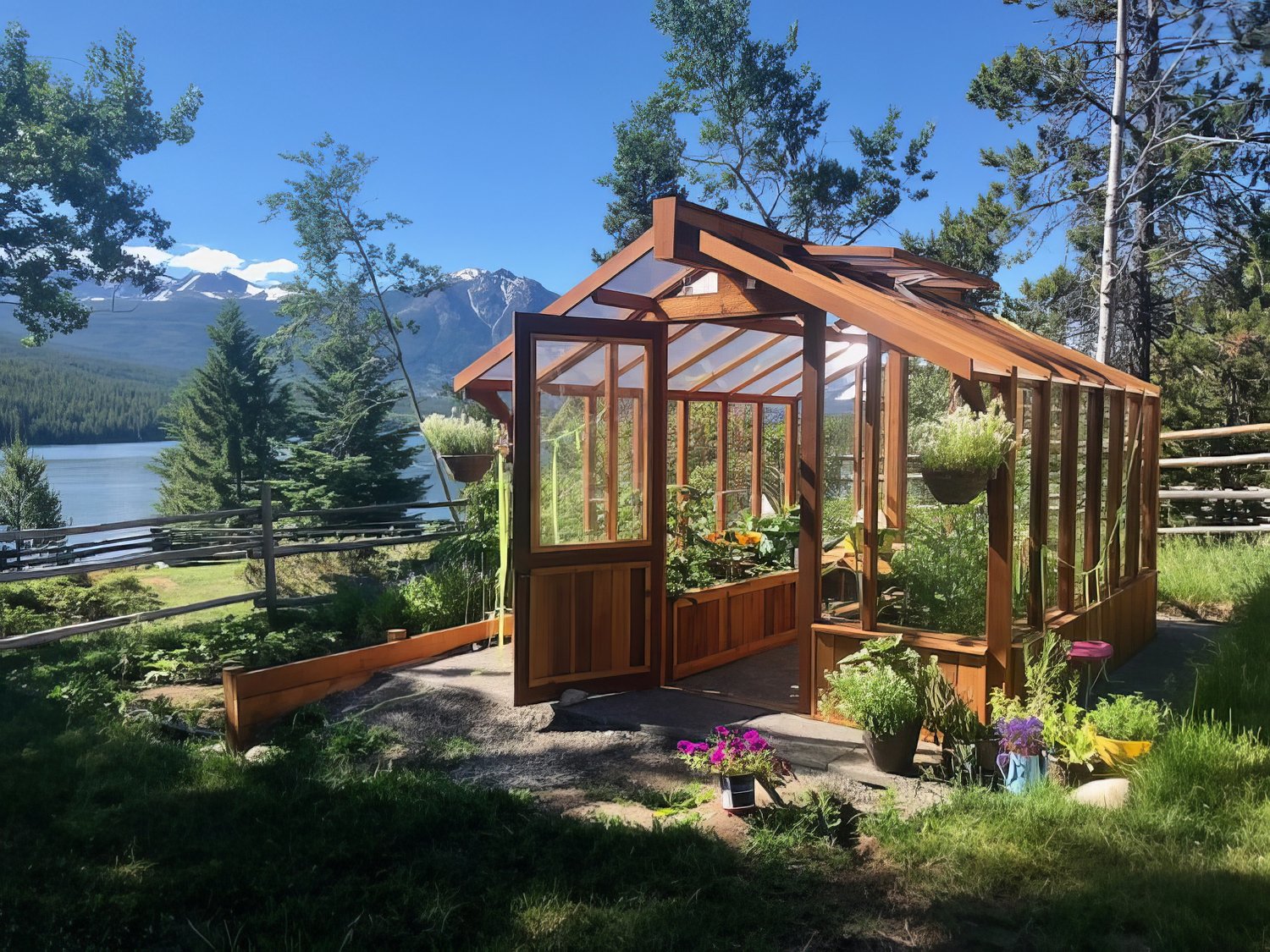Industrial Expanding Solutions: Monarch Commercial Greenhouse Utah Innovations
The Future of Greenhouses: Innovations in Lasting Agriculture
Are you curious regarding the future of greenhouses and exactly how they are transforming lasting farming? From advanced environment control systems to vertical farming strategies, water-efficient watering techniques, renewable energy combination, and wise data analytics, these innovations are transforming the method we expand our food.
Advanced Environment Control Systems
To accomplish ideal growing conditions, you can depend on the improvements in greenhouses with sophisticated environment control systems. These systems have actually revolutionized the way we grow plants, giving a regulated setting that is helpful to plant development. With these ingenious systems, you can now control temperature, humidity, light degrees, and also CO2 concentrations to create the excellent problems for your plants to prosper.
One of the key features of these innovative environment control systems is their capability to regulate temperature level. By utilizing sensors and automated controls, the greenhouse can adjust the temperature level based upon the particular needs of the plants. This makes certain that they are never ever exposed to severe warm or cold, which can be harmful to their growth.
Humidity control is another critical facet of these systems. By preserving the perfect moisture degrees, you can avoid problems such as mold, mold, and disease from affecting your plants. These systems can also manage the amount of light that gets to the plants, making sure that they receive the optimum amount for photosynthesis.
Furthermore, advanced environment control systems can even adjust CO2 focus. By increasing the degrees of carbon dioxide in the greenhouse, you can improve plant development and productivity. This is specifically useful in locations with low all-natural carbon dioxide levels.
Vertical Farming Strategies
One essential upright farming technique is utilizing piled growing systems. Monarch Residential Greenhouse Utah. These systems entail organizing plants in multiple layers, up and down piled on top of each other. By utilizing vertical area, farmers can optimize their plant return without calling for additional land. Stacked growing systems are frequently made use of in city locations where space is limited.
One preferred method is known as vertical hydroponics, where plants are grown in nutrient-rich water without dirt. This strategy is very reliable as it reduces water use by up to 90% contrasted to typical farming approaches. In addition, given that the plants are grown inside your home, they are safeguarded from diseases and pests, reducing the demand for chemicals.
One more technique is aeroponics, which involves putting on hold the plant origins in a mist or air environment. This approach enables for ideal nutrient absorption and oxygenation, resulting in faster development and greater yields. Aeroponics additionally makes use of less water than traditional farming and can be applied in upright systems, making it a popular selection for upright farming.
Water-efficient Irrigation Approaches
Taking full advantage of see page water conservation is essential when it involves executing water-efficient irrigation approaches in sustainable farming. With worldwide water shortage ending up being a pressing concern, it is important to establish cutting-edge methods that enhance water usage in greenhouse procedures.
One promising technique is drip watering, which delivers water straight to the plant origins, reducing waste and dissipation. By utilizing a network of tubes with little emitters, water is used slowly and exactly, ensuring that plants get the essential moisture without excess overflow.
One more reliable technique is using dirt dampness sensors. These devices determine the dampness web content in the soil and offer real-time data to farmers. By checking the dirt's moisture levels, farmers can precisely figure out when and just how much water to use, preventing over-irrigation.
In addition, the application of rain harvesting systems is gaining appeal in greenhouse farming. Collecting rainwater from roofs and saving it in tanks enables farmers to use this all-natural resource for irrigation functions, lowering reliance on conventional water resources.
Last but not least, the adoption of automated irrigation systems can substantially enhance water effectiveness. These systems use sensing units to detect dirt dampness levels and weather, readjusting watering routines as necessary. By optimizing water use based upon real plant demands, these systems can decrease water waste and promote sustainable farming practices.
Renewable Resource Assimilation
Renewable energy assimilation in greenhouses offers a number of advantages, including minimized running costs and reduced dependence on non-renewable power index sources. The produced power can after that be made use of to run various operations within the greenhouse, such as home heating, lights, and air flow systems. These wind turbines harness wind power and transform it right into electrical power, which can be made use of to supplement the power needs of the greenhouse.
Smart Data Analytics and Automation
To enhance the performance of your greenhouse operations and optimize source use, consider implementing clever data analytics and automation. Smart information analytics includes collecting and analyzing information from various sensing units and gadgets within your greenhouse.
Automation, on the other hand, entails utilizing innovation to automate tasks that were previously done manually. This can consist of automating the control of illumination, air flow, watering systems, and nutrient distribution. By automating these procedures, you can ensure that your plants obtain the ideal conditions and nutrients at the ideal time, without the need for consistent manual treatment. This not only conserves you time and effort however additionally minimizes the threat of human error.
Moreover, clever information analytics and automation can function with each other synergistically. The information accumulated by sensing units can be utilized to notify automatic systems, enabling them to make real-time modifications based upon the existing problems. This combination of information analytics and automation can cause more efficient and precise resource appropriation, ultimately causing higher yields and far better plant high quality.
Conclusion
In conclusion, the future of greenhouses in sustainable farming looks appealing. With sophisticated climate control systems, vertical farming strategies, water-efficient watering techniques, and sustainable power combination, greenhouses are ending up being much more efficient and eco pleasant.

By enhancing water use based on actual plant demands, these systems can decrease water waste and advertise sustainable farming methods.
